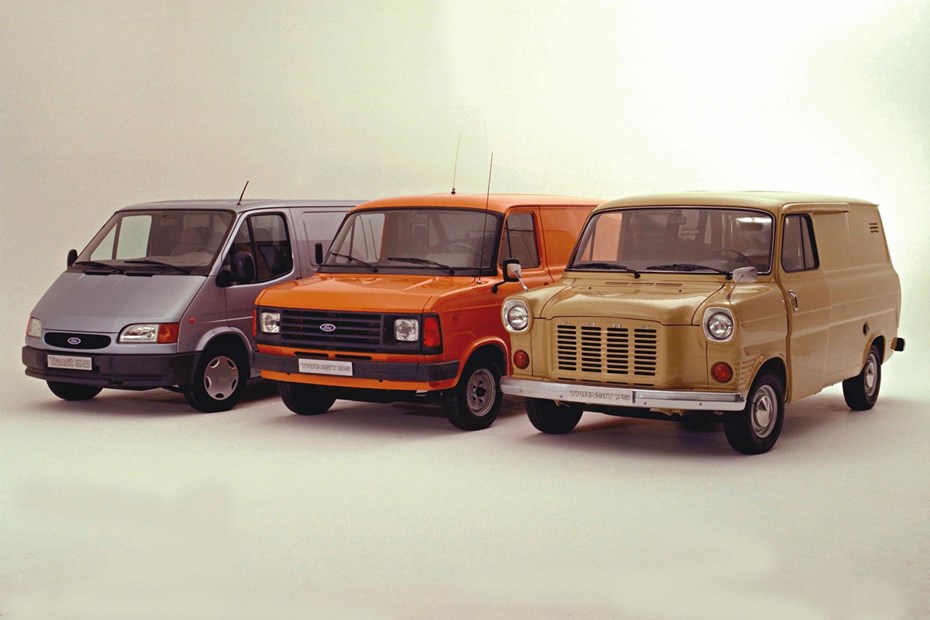The Ford Transit turns 60 in 2025, so we’re looking back at some of the most significant moments in the history of the most famous name in UK vans. Over the years, the word ‘Transit’ has become synonymous with medium-sized vans, but the model – developed under the codename Project Redcap – was originally supposed to be called the V-Series.
Thankfully, Ford execs made a last-minute decision to borrow the name from the earlier Taunus Transit and created a brand that is recognised by millions. Take a look back over the history of the famous van, which has become an integral part of daily life for many in the UK.
Ford Transit Mk1 – 1965-1975
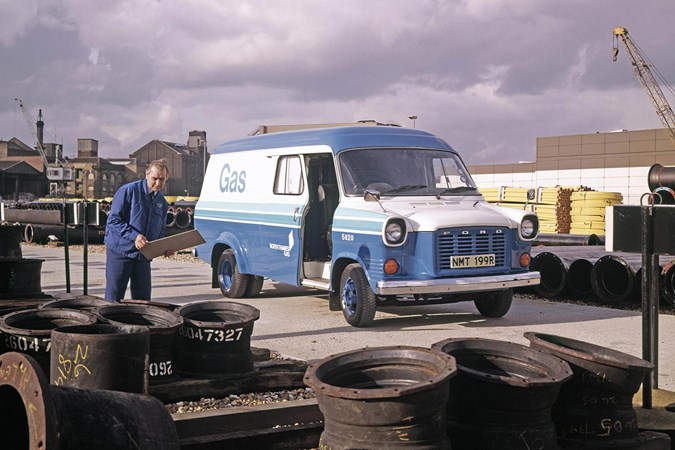
At launch, the Transit completely shook up the van market. Whereas vans up until that point had engines positioned between the driver and passenger, Ford managed to package an engine in front of the cab to create a more comfortable environment inside. Rumour has it, the Transit was so disruptive that Bedford even scrapped a project it was working on.
Initially, the first three months of production at Ford’s Langley plant was dedicated to short wheelbase versions which could be picked up for £542. Soon production ramped up to include long wheelbase, chassis cab, minibus and kombi variants. Panel vans were available with three different payload capacities and loading options included twin rear doors, a tailgate and a side loading door.
Ford Transit Mk2 – 1975-1986
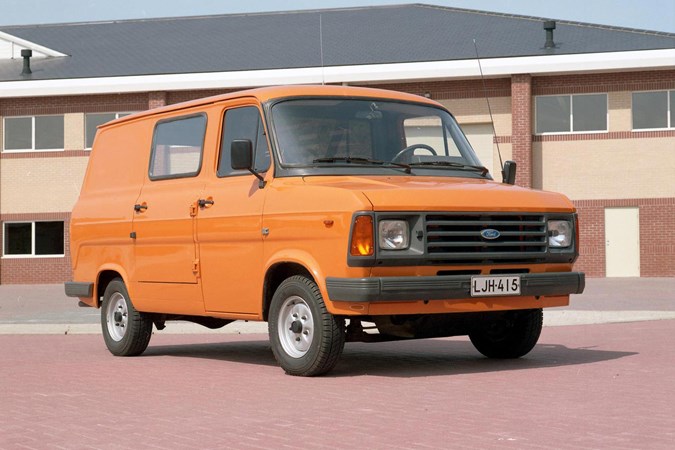
Cab comfort was prioritised in the Mk2 which saw the pedals moved forward and seat shifted back to add 100mm extra legroom. These changes were accompanied by a lengthened steering column to offer a better driving position. Servo assisted front brakes made an appearance for the first time and the following year the Transit 190 was launched, upping the model’s gross weight to 3.5 tonnes.
In 1976, front brake discs were introduced to all Transit variants and the 190 received ventilated disc brakes, the first time these had been fitted to a medium commercial vehicle. Underpinning the Transit’s early popularity, 11 years after its launch, in 1976, Ford passed the one million units milestone.
Ford Transit Mk3 – 1986-2000
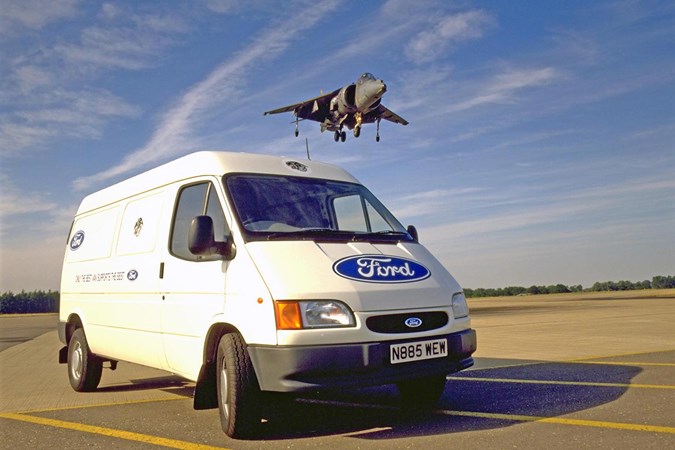
A year before launching the Mk3, two million Ford Transits had rolled off the production line. More than 20 years after the model was unveiled, it was time for a significant refresh. Developed in the interest of crash safety and aerodynamic performance, the new smooth nose boasted a drag coefficient of 0.37. The design meant that despite load space increases, fuel efficiency was still up to 8% better than the previous generation.
In 1994, a security overhaul was completed which included central locking, an alarm, double locking and a passive anti-theft system. From then onwards, three-point seatbelts were standard for all passengers, and driver and dual passenger airbags were made available. The same safety standards were carried through into the 1996 launch of the 17-seat Transit minibus.
Ford Transit Mk4 – 2000-2006
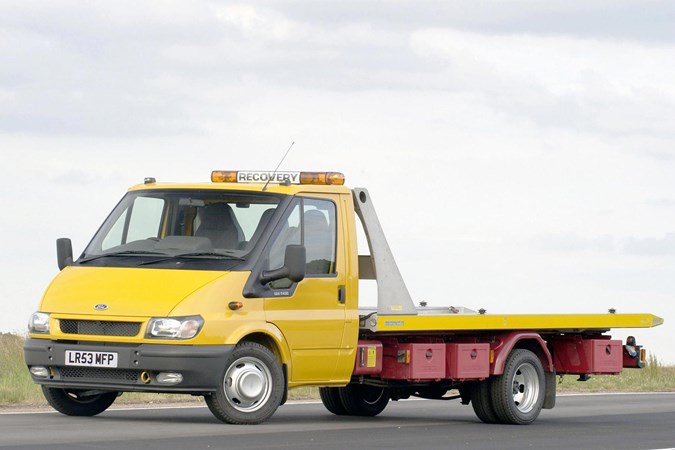
At the turn of the century, Ford got off to a strong start passing four million Transits built and launching a new generation. Both its front- and rear-wheel drive versions were built on a common platform at Ford’s Genk assembly plant in Belgium. The new model was well received, clinching numerous awards including International Van of the Year 2001.
To keep pace with the market and, as ever, maintaining its position as a forerunner in the industry, Ford started diversifying the Transit range. In 2002, the 4.25-tonne Transit Jumbo launched alongside the smaller Transit Connect. This move was a success as the Transit Connect picked up the International Van of the Year gong in 2003.
Ford Transit Mk5 – 2006-2013
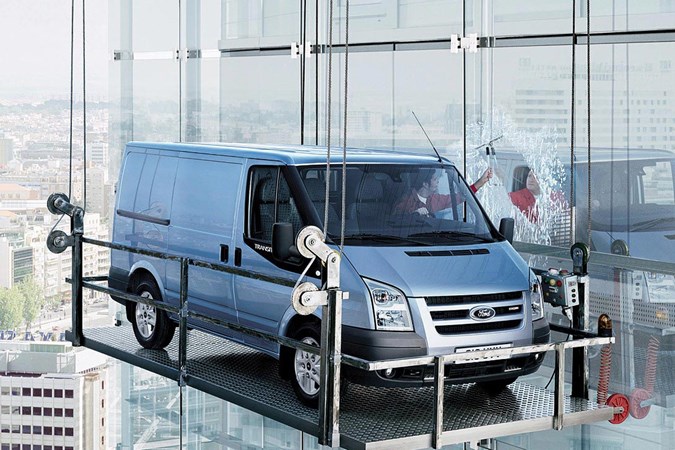
With each generation, the Transit has become more car-like to attract drivers. In 2006 a new cabin design was revealed with a dash-mounted gear stick and a focus on comfort. Six diesel engines and one petrol could be specified and Ford also offered CNG and LPG conversions. From the following year, rear-, front- and all-wheel driver variants were available on the same platform.
Electronic Stability Programme (ESP) became standard fitment and a number of engine changes were made throughout this period to improve performance and fuel economy. Ford took home another International Van of the Year award in 2007 and passed the six million production mark in 2010 coinciding with the model’s 45th anniversary.
Ford Transit Mk6 – 2013-present

In recent years, the Transit has undergone the most technological changes in its history with things like advanced driver assistance systems making their way into the van segment. The range has also continued to diversify and it is now made up of the original Transit that is the large van version, the UK’s best selling commercial vehicle the Transit Custom, the small Transit Connect and the newest of all – the Transit Courier.
While petrol and diesel engines are still available, Ford is futureproofing the Transit line-up with plug-in hybrid and electric powertrains. The likes of the Ford E-Transit Custom has proved itself and joined the ranks amongst the best electric vans on the market. We’ve already seen improvements in battery technology and packaging to maximise load space and range in Ford’s electric vans.
Ford Transit Supervan
It wouldn’t be a delve into the history of the Ford Transit without looking at some of the coolest iterations of the humble panel van. We have Ford engineer, Terry Drury, to thank for the first Supervan which made its track debut at Brands Hatch in 1971. Although Supervan 1 didn’t look significantly different from its road-going counterpart, its boxy exterior hid a rear-mounted 4.7-litre V8 borrowed from the Ford GT40.
When Ford revisited the Supervan concept in 1985, it championed its C100 Le Mans car, mounting a Mk2 body to the chassis. True to its motorsport roots, Supervan 2 was paired with a 590bhp DFY Cosworth V8 engine which rocketed the van to 174mph at Silverstone.
Supervan 3 was again a sizeable step up in motorsport tech 10 years on from its predecessor. It was originally mated to a 650bhp 3.5-litre Cosworth V8 before it was swapped for a 2.9-litre Cosworth V6 in 2004. In its original configuration it took an F1 team to get it going and provide support at track appearances.
More recently, Supervan 4 took on the Hill at the Goodwood Festival of Speed in 2022. This took a very different approach to the previous Supervans as this was the first to feature a fully electric powertrain. It still packed a fearsome punch though, as it’s capable of 2,000bhp. Supervan 4.2 later emerged as a lighter and more aerodynamic model to take on Pikes Peak where it set a class record.
Ford Transit Facts
Across its six decade history, the humble Transit has been front and centre of some weird and wonderful stories, here’s a selection of our favourites.
Needed to transport 48 people in 1965? No problem, 48 students from Barking College set a record when they crammed themselves into a Transit minibus.
London’s Regents Park Zoo also had an ambitious project that year when they used a single Transit to move two baby elephants at the same time.
When Ford launched a new diesel engine in 1972, two Transits spent a week at Monza where they broke three world endurance records including driving for 10,000 miles averaging a speed of 73.684 mph.
Later that year, the Transit received some double-edged publicity from the Metropolitan Police who named it ‘Britain’s most wanted van’. Apparently, Transits acted as getaway vehicles for around 95% of bank raids at the time.
There’s few more bizarre sights than a 15m long, 1.5-tonne cetiosaurus perched on top of a Transit chassis cab. This prehistoric creature was on its way to a natural history park in Scotland from its previous home in Kent.
In aid of raising money for cancer research, stuntman Steve Matthews, took a Transit flying in 1985 and jumped 15 cars – a world first in a van.
Supervan 2 was about more than just speed and power and it showed off its more practical side in 1985 when it set the world caravan towing record at 170mph.
Limousines are typically associated with high-end luxury cars but Ford flipped this on its head with the 2006 Transit XXL. Stretched to 7.4m long and fitted with four sliding doors, seven passengers were treated to leather captain’s chairs and personal video screens.
The Ford Transit’s 60th birthday is in August 2025 as the first model rolled down the production line in 1965. It remains a best seller, and is firmly established as a national treasure.
Just so you know, we may receive a commission or other compensation from the links on this website - read why you should trust us.


